Hot Topics
 by Maggie Mueller
Updated On Sep 20, 2024
Published On Jun 13, 2024
Basic iPhone Tips Ideal for Newbies
by Maggie Mueller
Updated On Sep 20, 2024
Published On Jun 13, 2024
Basic iPhone Tips Ideal for Newbies
You need your phone number to make FaceTime calls or send messages via iMessage. Typically, you shouldn't encounter any problems when using these popular iOS features. However, it is not uncommon to see the "Verifying Phone Number" screen when trying to use FaceTime and iMessage. In this article, we will discuss this issue, why it can happen, and what you can do about it.
This iPhone stuck on verifying phone number issue often occurs with new devices, especially when attempting to use FaceTime or iMessage for the first time. Several factors can contribute to this problem, including:
Fortunately, there are multiple solutions available to address these underlying iOS issues.
Note: It may require up to 24 hours for your carrier to validate your phone number with Apple. Please reach out to your carrier to ensure that you can send and receive SMS messages. After attempting the troubleshooting steps mentioned below, allow up to 24 hours for the verification process to complete.
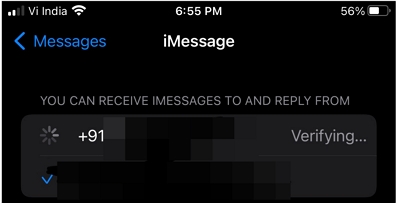
The first step when you see this error is to ensure that you are connected to the internet via a cellular data network or Wi-Fi.
On an iPhone, SMS messaging is required to activate your phone number for iMessage or FaceTime. You may be charged for the SMS, depending on your carrier. If you encounter a prompt indicating "Your carrier may apply charges for SMS messages used to activate FaceTime and iMessage," tap "OK" to authorize potential SMS fees.
Also, ensure that the date and time set on your device are correct. Go to Settings > General > Date & Time and make sure the time zone is selected correctly.
By following these steps, you can address common issues related to the "Verifying Phone Number" screen and successfully activate FaceTime and iMessage on your iPhone.
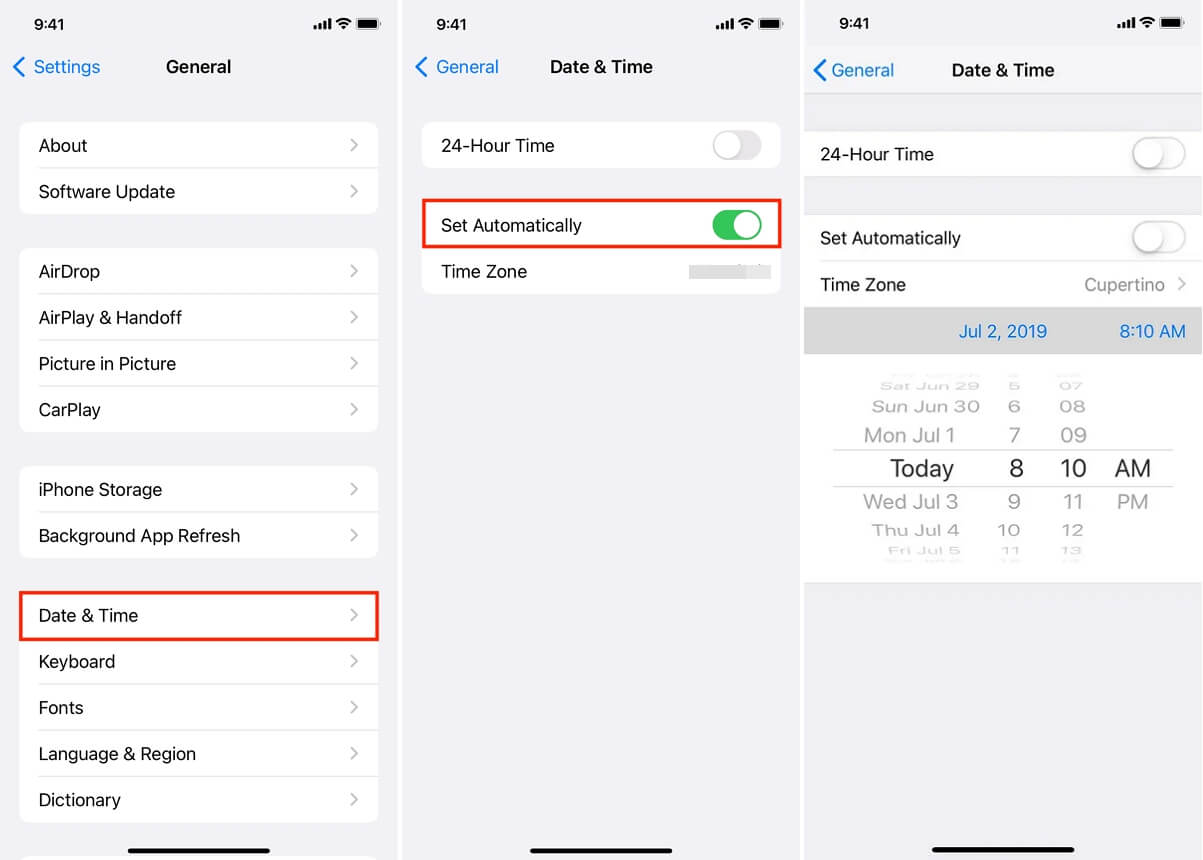
You might need to restart the iMessage and FaceTime apps if they are still not working properly. Here are the steps to do this:
Step 1: Open the Settings from the Home Screen. Tap on Messages and turn off iMessage.
Step 2: Go back to Settings and tap on FaceTime to turn it off.
Step 3: Restart the iPhone by pressing and holding the Side button for a few seconds. When the "Slide to Power Off" screen appears, drag the slider to turn off the device. Wait at least 30 seconds before restarting the device.
Step 4: Turn on iMessage and FaceTime again.

Apple regularly updates iOS with new features, bug fixes, and security upgrades. Ensuring your device runs the latest version of iOS or iPadOS is essential. Before you proceed, back up your iPhone.
Here's a step-by-step guide:

If your iPhone still displays "verifying phone number" in your iMessage or FaceTime app, it may be due to an incorrectly positioned SIM card.
To address this, power off your iPhone and use an ejection pin to remove the SIM card. Reinsert the card securely into the tray and restart your iPhone. This simple procedure often resolves the issue.
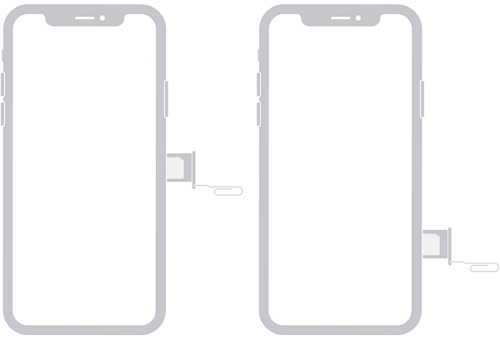
Checking your network settings is essential to resolve network issues that can affect the features and apps on your device. Follow these steps:
Check Network Settings:
Switch to a Strong Network:
Reset Network Settings
Note: This will reset Wi-Fi networks and passwords, cellular settings, and VPN settings:

If the above steps do not resolve the problem, consider performing a hard reset on the device. This is an effective solution for addressing functions or system glitches on your device. The method you use to hard reset the device will depend on the iPhone model:
For iPhone SE, 6S, and older models: Press and hold the Power and the Home Buttons simultaneously for a few seconds. Release both buttons when you see the Apple logo on the screen.

For iPhone 7 and 7 Plus: Press and hold the Power and the Volume Down buttons simultaneously for a few seconds. Let go of both buttons when you see the Apple logo on the screen.
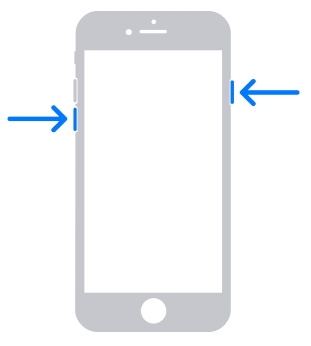
For iPhone 8 and newer models: Quickly press the Volume Up button, quickly press the Volume Down button, and then press and hold the Side Button until the Apple logo appears on the screen.
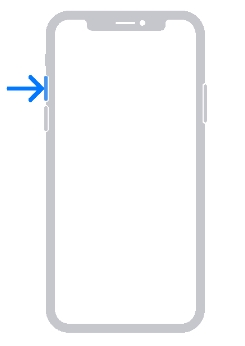
If even a forced restart doesn't fix the problem, your next best bet may be to restore the iPhone. However, restoring your iPhone using iTunes or Finder may result in data loss. To avoid losing data, we recommend using the iOS system recovery tool, TinyFix.
It is one of the best ways to diagnose and fix the most common iOS stuck issues without causing data loss. To use it, follow these simple steps:
Step 1: Download and install TinyFix on your computer. Follow the onscreen instructions to set up the program.
Step 2: Open TinyFix after installation and connect the iPhone to the computer using USB cables. Select iOS System Repair.

Step 3: Select Standard Repair to attempt to fix the device without losing data.

Step 4: You should then see the latest firmware available to install on the device. Click Download to begin downloading the firmware needed to fix the device. The firmware download will start immediately and should take only a few minutes.

Step 5: When the firmware has been downloaded, click on Fix Now to begin repairing the device.

Your iPhone should restart soon after the repair process is complete, and you shouldn't have any issues with any other function of the device.
If the issue persists despite trying the above solutions, consider the following steps:
